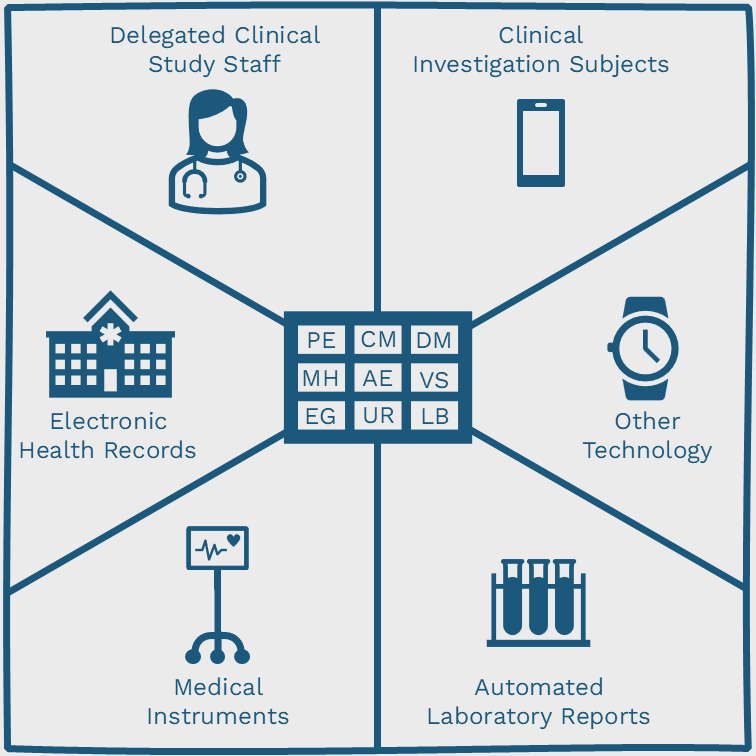Efficient Extraction of Clinical Data from Old Systems
This article explores the challenge keeping clinical data in an old system and suggests various methods of extraction.
Challenges of Old Systems
Managing data in an old system presents several challenges that impact the efficiency and effectiveness of managing a clinical trial. Some of the key issues include:
- Data Volume and Diversity – Late-stage protocols now collect three times more data points than a decade ago.
- Mid-Study Changes – Handling updates (such as protocol amendments) can cause delays and impact data management processes.
- Flexibility and Customization – Some EDC solutions lack flexibility, making it challenging to adapt to specific study needs.
- Database Delays – Especially when implementing EDC databases.
- Cost of Solutions – Rising fees can be a pain point for clinical data management teams.
- Integrated Applications – Make it harder to break away from older solutions.
- Data Incompatibility – Can cause related applications to stop working.
- Customer Support Issues – Might be minimal or non-existent.
- Solution Complexity – Can create a slower learning curve for users.
Suggestions for Extracting Data
The increasing volume and diversity of clinical trial data sources can lead to longer study timelines but this time can be used as an opportunity to build robust mechanisms to ensure data can be extracted at the end of the study.
When selecting an electronic data collection system it is important to think about how the data will be extracted. If the system does not have the ability to export data then the following ideas might help you export data so you can manage the trial more effectively.
- Find someone in your IT department to extract the data. A negative consequence is that they may not understand the required structure of clinical data sets or may be swamped with other tasks.
- Outsource the work to a large consulting firm who will allocate a developer to your project. You will then have to educate the developer on all aspects of your trial as well as terminology and explain how the data should be organised.
- Connect the data store to a spread sheet and use your own knowledge to create data listings and reports. This approach takes you away from your daily responsibilities and requires a lot of self-teaching to import the data.
- Use a bespoke software consultancy with relevant experience migrating and extracting clinical trial data. A statement of work will need to be established to define expectations and may require additional budget.
Bespoke Software Consultancy
We believe that using a bespoke software consultancy, such as Saltware Solutions, is the most cost-effective solution because we have with clinical trial knowledge and experience to overcome the challenges described here.
Migrating and extracting clinical trial data is a complex process that involves several steps to ensure data integrity and compliance with regulatory standards. We use the following high-level overview process to ensure data is handled with care:
- Assessment: Evaluate the current data systems and determine the requirements for migration.
- Planning: Develop a detailed migration plan, including timelines, resources, and risk management strategies.
- Extraction: Carefully extract data from the existing system, ensuring no data is lost or corrupted.
- Transformation: Convert the extracted data into a format compatible with the new system.
- Validation: Perform thorough checks to ensure the data has been accurately migrated and transformed.
- Import: Load the validated data into the new system.
- Testing: Conduct extensive testing to confirm that the data works as expected in the new environment.
It’s important to have a clear understanding of both the source and destination systems, as well as the data structure, to minimize disruptions and maintain data quality throughout the migration process. Additionally, it’s crucial to maintain compliance with data protection regulations such as GDPR, especially when dealing with sensitive clinical trial data.
Saltware Solutions possesses the required experience to handle your data migrations so you can be sure your data is in safe hands.






